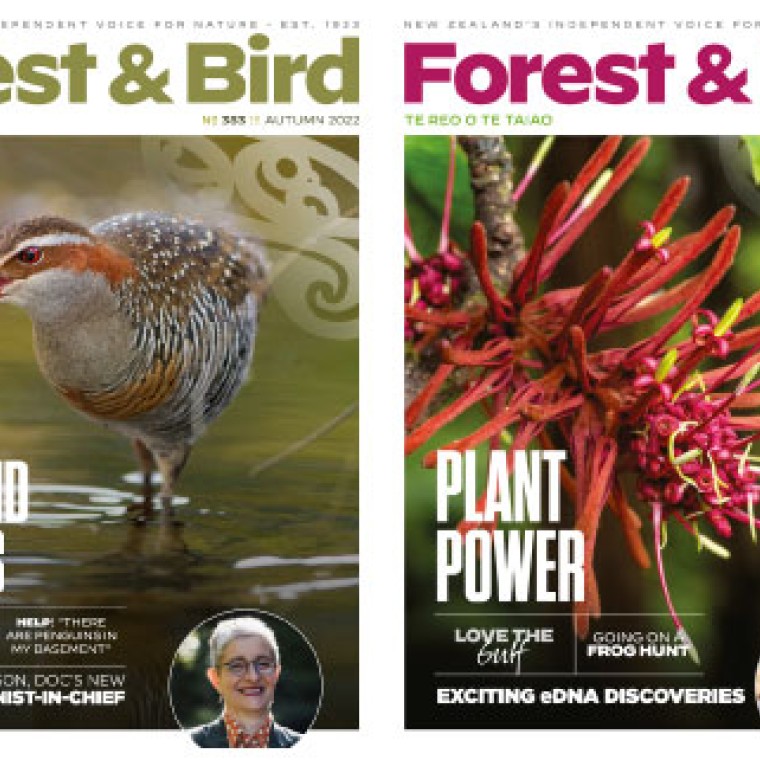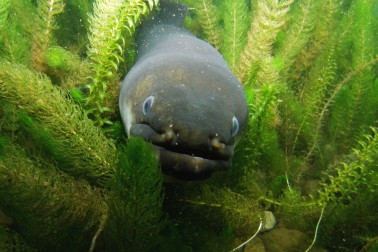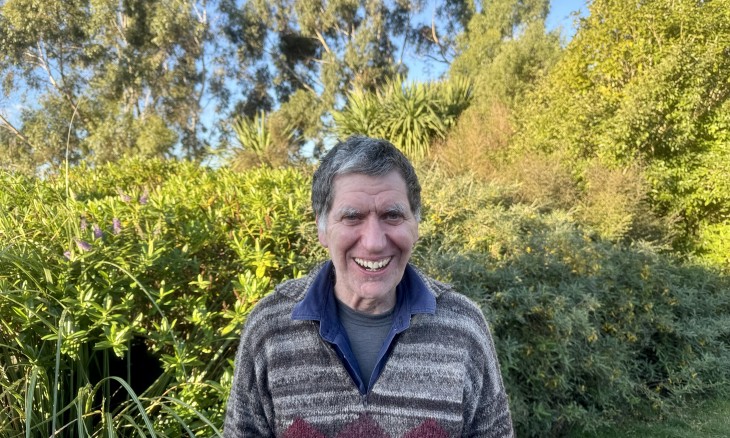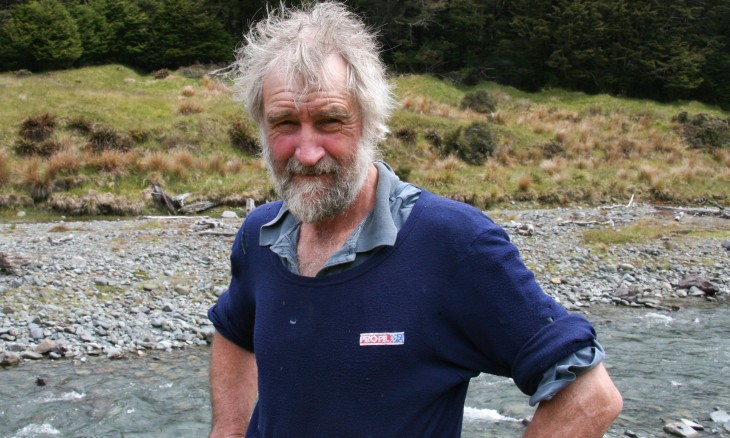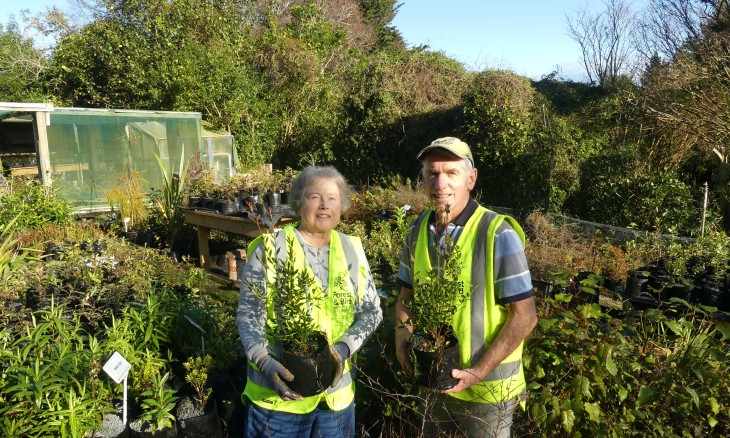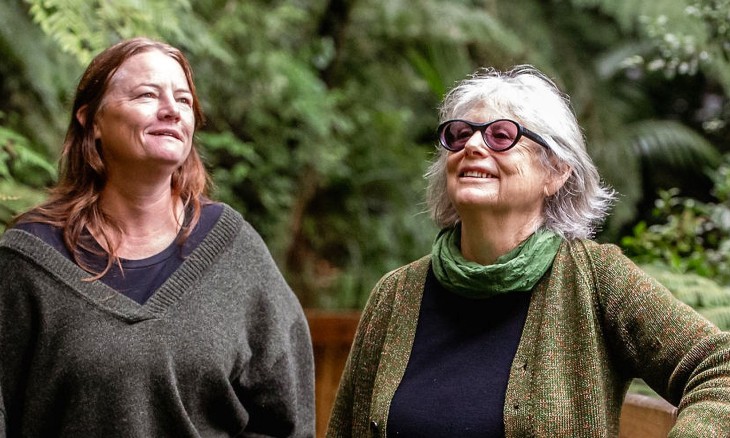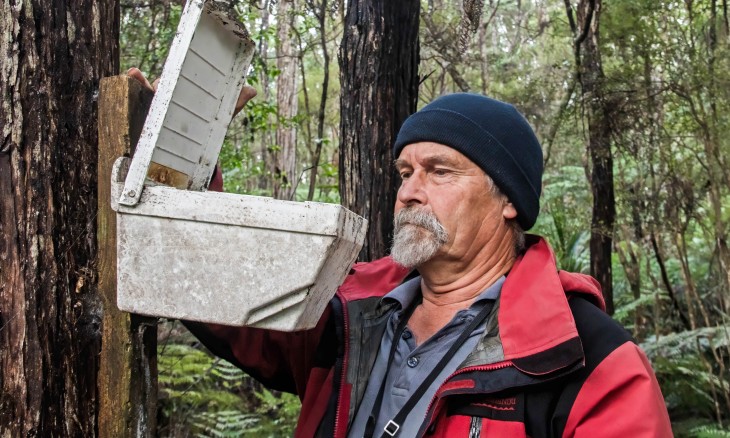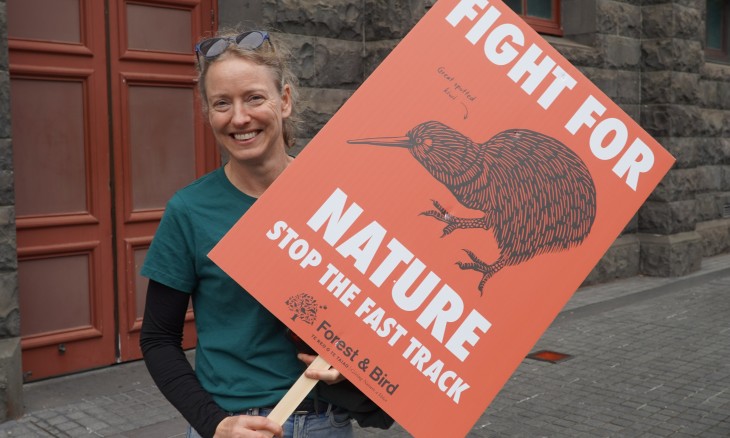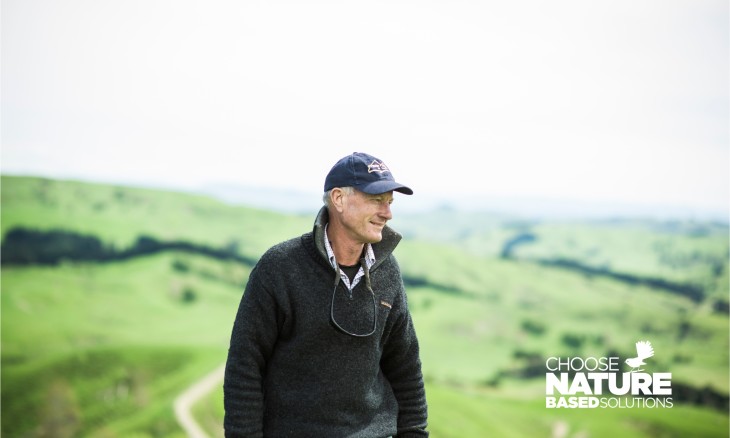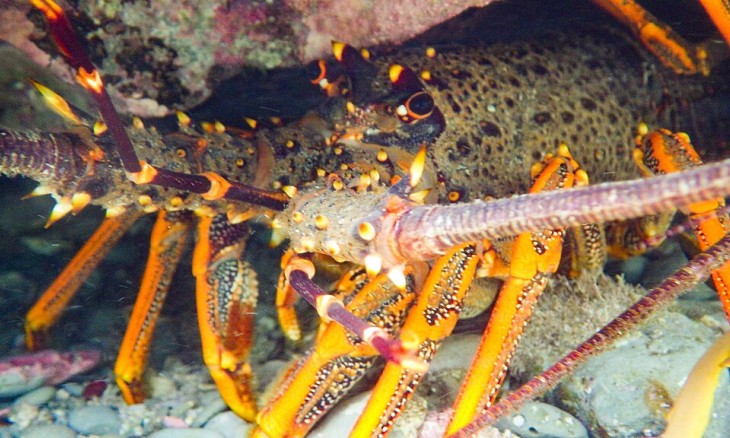Why it matters
More than 74 percent of our freshwater fish species are in threatened or at risk of extinction. We need to bring back native fish to the streams where they were once found.
Our fish face many threats
They are losing their habitat. We have already lost 90 percent of our wetlands, and wetlands are still being drained. Streams are drying up due to intense demand for irrigation and increasing droughts.
Run-off from agricultural land contains nitrates, which in excess is toxic to fish. Algal blooms suck oxygen from our rivers and lakes and can also kill fish.
Dams, bridges and roads can cut off streams, making it hard for fish to travel up and downstream to feed and breed.
Harvesting of whitebait and commercial harvest of eels adds to the pressures on these species.
Get to know our native fish
Have you ever seen an adult whitebait fish? Ever wondered what's swimming in your local stream?
Learn about the five unique migratory fish that make up the whitebait ‘catch’ from Forest & Bird's freshwater advocate Annabeth Cohen.
Ecologist Mike Joy talks about the amazing native fish species that can be found hiding in streams and rivers around New Zealand.
What is Forest & Bird doing?
- We campaign for tougher rules to ensure our streams, rivers and wetlands are clean and healthy for freshwater fish
- Our branches are restoring streams and wetlands to provide fish habitat
- We are lobbying regional councils to ensure fish can travel freely up and down streams and out to sea, by adopting the Fish Passage Guidelines
Did you know?
- Whitebait is actually made up of five separate species, four of which are in serious trouble. This means that a whitebait fritter is full of endangered juvenile fish
- The only native fish with full legal protection is the grayling, which became extinct in the 1930s
- Our galaxiids species are so named because their ‘galaxy-like’ gold speckling. We even have a fish named after a Hollywood celebrity, the Gollum galaxias!
